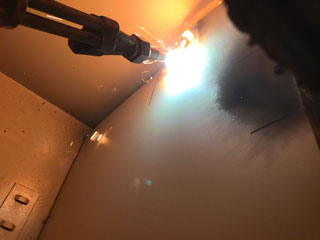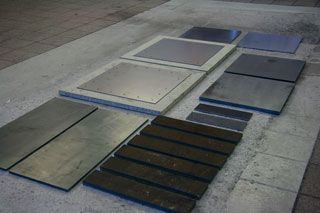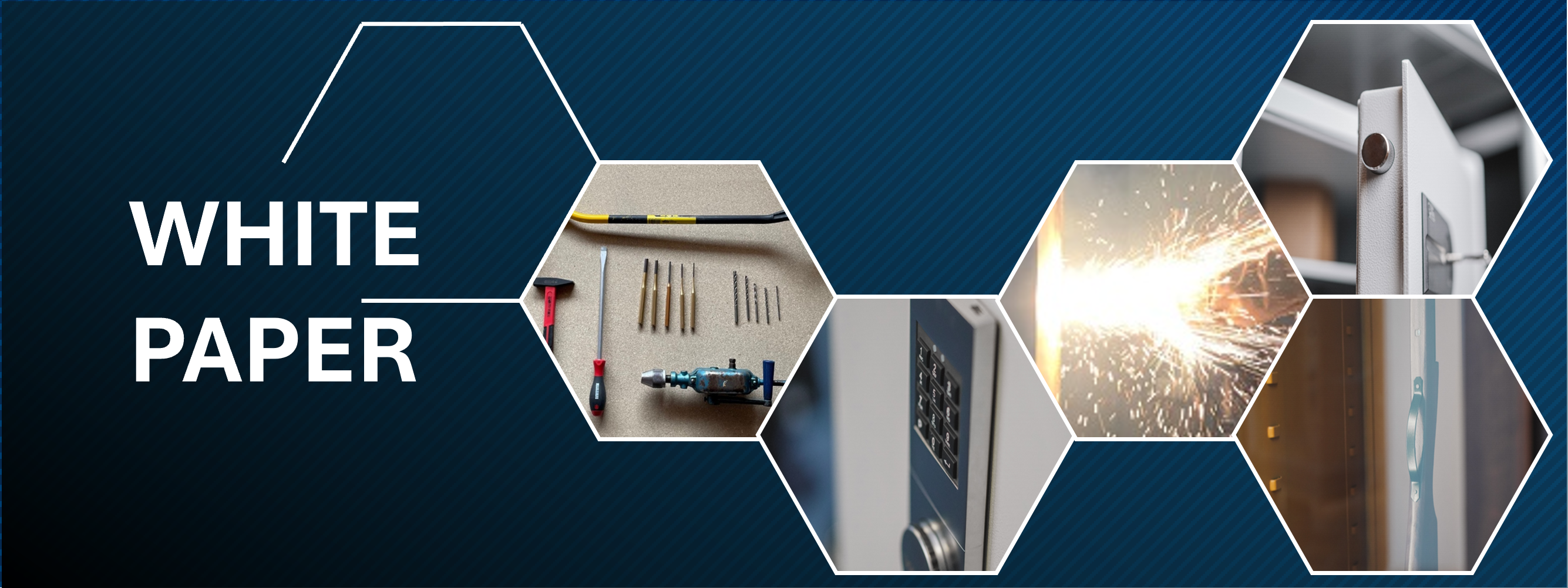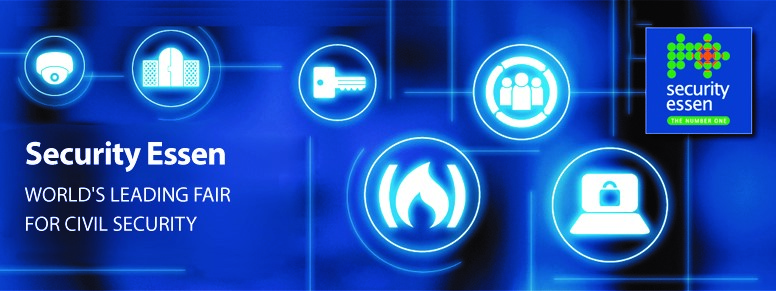
Caption:
The test institutes will be using oxy acetylene torches, angle grinders and other burglar tools to test a total of 126 specimens.
Photo:
ESSA - Photo Nr. 252

Caption:
Identical sets of 16 test specimens had been produced in advance for the test institutes.
Photo:
ESSA - Photo Nr. 253
Launch of SECOTA Comparison Test
Rigorous test for the security of safes
Frankfurt/M. April 2019 – A safe is usually a purchase for life. But how secure are certified safes? And are the burglary tests carried out by specialised laboratories at all comparable in view of the large number of different types of safe constructions and multitude of interpretation possibilities that can arise when reading a Standard?
In the independent SECOTA (Security, Equivalent, Certification, Organization, Testing and Auditing) project, laboratories, testing and certification bodies and other representatives from the physical security and insurance industry are working together to clarify these issues. The aim is to increase transparency for customers and insurers in a confusing market.
- Testing institutes from six countries
take part in independent comparison
test of the SECOTA initiative
- 35 tests with different tools on
16 test specimens per laboratory
- Harmonised tests in accordance
with the European Standard
EN 1143-1 shall increase transparency
for insurers and customers
Comparison tests start
After extensive preparations, the comparison tests will now begin. In March and April 2019, test institutes from six countries will be using angle grinders, oxy acetylene torches and other typical burglar tools to test a total of 126 specimens produced specifically for the tests. Each laboratory will carry out 35 tests with various tools under the independent supervision of SECOTA.
"The tests are designed in such a way that a certain basic knowledge of safe barrier materials and the handling of burglary tools is required," explains project manager Falko Adomat, who is one of the initiators of SECOTA as Deputy Managing Director of the European Security Systems Association (ESSA) e.V. Identical sets, each with 16 test specimens, had been produced in advance for the institutes. These cover the entire range of barrier materials, from simple sheets of metal to sandwich constructions and high-strength armouring.
Open to all testing laboratories - further expressions of interest
"This is the largest independent comparison test to date in accordance with EN 1143-1," reports Adomat. Each laboratory starts with the same requirements and will perform the same test as all others. "In addition, we have determined from the start that every laboratory is welcome - regardless of association affiliations, links to certification bodies, size or geographical origin," he clarifies. In addition to the six participating bodies, other testing laboratories have already expressed their interest.
In recent months, an independent working group with 25 international members from all sectors of the physical security and insurance industry has developed the concept for the comparison tests based on a holistic approach. According to Adomat, the cross-industry discussion process in the SECOTA project makes a decisive contribution to ensuring that tests and certifications in Europe are comparable and comprehensible for all stakeholders. "All participants are determined to continuously improve the quality of the tests in the course of the harmonisation process that is now beginning," he reports. For this reason, a transparent exchange of information has been agreed in the project.
First test results in May 2019 - independent testing authority set up on a permanent basis
After completion of the tests, the SECOTA working group will evaluate the results. An internal discussion will follow in May 2019. In the medium term, the laboratories will announce their participation in the comparison test and thus provide strong evidence of their independently tested quality.
The working group has agreed not to leave it at this one test. Rather, it is planned to create permanent transparency for insurers and customers. "To this end, quality control must be reinforced by regular comparison tests," clarifies the project manager. This is because private consumers, commercial users of secure storage units and insurers are dependent on valid information on the actual security level of tested safes. This information can only be obtained through an independent, reputable authority that checks how testing laboratories interpret the European standard EN 1143-1 and whether they meet the industry benchmarks. "We want to establish this authority with the SECOTA project," says Adomat. For this reason, laboratories that have not yet participated in the project are cordially invited to participate in the harmonization process and in future comparison tests.
Further information
Falko Adomat
Project Manager of SECOTA
Phone: +49 69 66 03 19 52
E-Mail: falko.adomat@ecb-s.com
Text: 4.152 characters incl. spaces
As of: 1 April 2019



